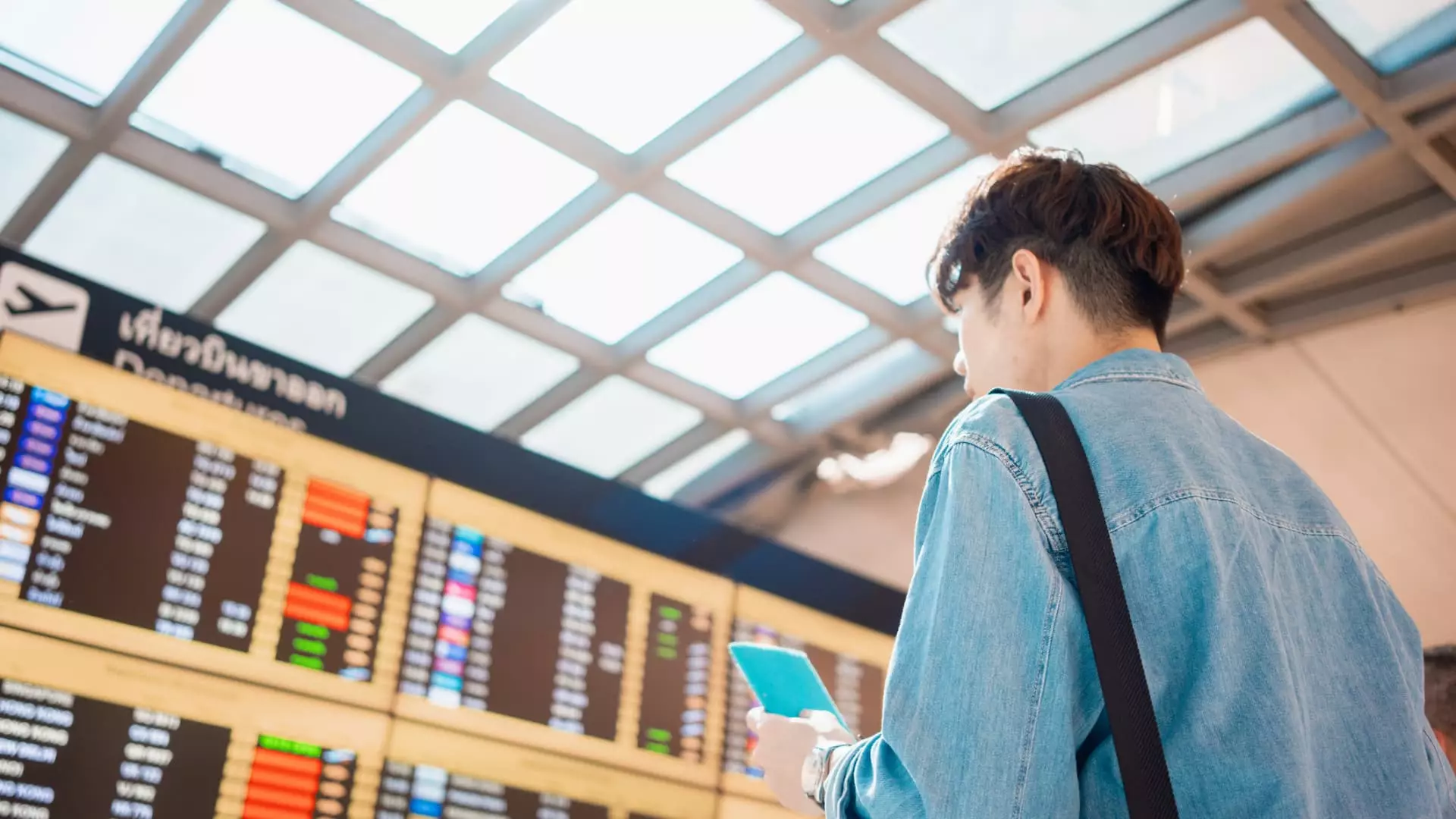In recent years, the allure of visiting the United States among Southeast Asians has begun to fade, particularly for Singaporeans. While the U.S. continues to hold historical appeal as a land of opportunity and entertainment, current attitudes reveal a growing skepticism rooted in safety concerns, political turmoil, and the changing landscape of media influence. This shift is not merely a transient trend but signals a fundamental reevaluation of what Americans perhaps once symbolized: liberty, wealth, and adventure. The regional survey from CNBC Travel, encompassing 6,000 travelers, starkly illuminates these evolving perceptions, with Singaporeans leading the charge in distancing themselves from the U.S.
The data reveals a significant decline in interest: only 7% of Singaporeans reported increased desire to visit the U.S., compared to 44% across Southeast Asia. Conversely, over half rejected the idea outright. This divergence speaks volumes about how local realities, media narratives, and individual experiences fuel skepticism. It reflects a broader desire for safer, more predictable destinations, where the promise of adventure does not come with an unacceptable level of risk.
Safety and Security: The Central Concerns Driving the Shift
For Singaporeans, the primary factors dampening their enthusiasm are concerns over personal safety and discrimination. Despite Singapore’s reputation as one of the safest nations globally, its citizens perceive the U.S. differently, largely due to the prevalence of gun violence, racial tensions, and recent political tumult. It’s a testament to how perceptions are often more influential than on-the-ground realities; media plays a pivotal role in shaping these narratives.
Statements from Singaporean travelers underscore this anxiety. Kimberly Kwok cites news reports about hate crimes and firearms as reasons to steer clear of U.S. tourism. Meanwhile, university student Cayla Tham highlights her discomfort with the country’s firearm policies—an unfamiliar concept for her home society—viewing the lax regulations as indicative of a broader societal disorder. These personal accounts underscore a fundamental truth: safety concerns are now a dominant influencer, surpassing other typical travel considerations like costs or visa procedures.
Interestingly, while Singaporeans are less worried about visas and immigration procedures—thanks to their robust passports—they are significantly less confident about the process itself, with only 60% feeling assured of a smooth passage. Such perceptions fuel apprehensions, often based on anecdotes of scrutiny and potential discrimination, further deterring travel plans.
Media’s Role in Shaping a Skeptical Outlook
The divergence in media consumption habits significantly impacts perceptions across Southeast Asia. Singaporeans tend to rely more on traditional news outlets—local and international—providing a more balanced, albeit perhaps more cautious, perspective. In contrast, respondents from other Southeast Asian nations predominantly turn to social media, which often amplifies sensational stories about crime, racial violence, and political unrest. This discrepancy in information sources creates a chasm in perception, influencing travel intentions in profound ways.
The media narrative around the U.S. as a dangerous or unstable country is reinforced by frequent headlines about shootings, racial tensions, and political instability. For Singaporeans, who are accustomed to high standards of safety and stability, such stories are jarring and reinforce their reluctance to venture north. The influence of media, combined with America’s ongoing political debates and social unrest, creates an environment of apprehension that is increasingly difficult to overcome.
Economic and Political Realities as Deterrents
While safety dominates the conversation, underlying economic and political factors also contribute to this declining interest. Concerns around immigration checks and political actions, especially under recent administrations, add layers of unpredictability. For some, the U.S. now appears more like a fragmented society fraught with divisions than the land of opportunity they once idealized.
Notably, despite Singapore’s global ranking for passport strength, there’s a paradox in trust; travelers feel less confident about the practicalities of crossing borders. This paradox suggests that emotional security may trump actual logistical ease. For many, the perceived risks—whether police scrutiny, racial profiling, or general societal unrest—outweigh the allure of American attractions.
In essence, the decline in Southeast Asian interest in visiting the U.S. reflects a broader trend: a desire for certainty, safety, and authenticity in travel experiences. As perceptions reshape, American tourism may need to confront not just external factors like policy and safety but also the deeper narratives swirling in global consciousness. Reality must align with expectation if the U.S. hopes to regain the trust and interest of a generation increasingly wary and vigilant about their safety and well-being abroad.


Leave a Reply